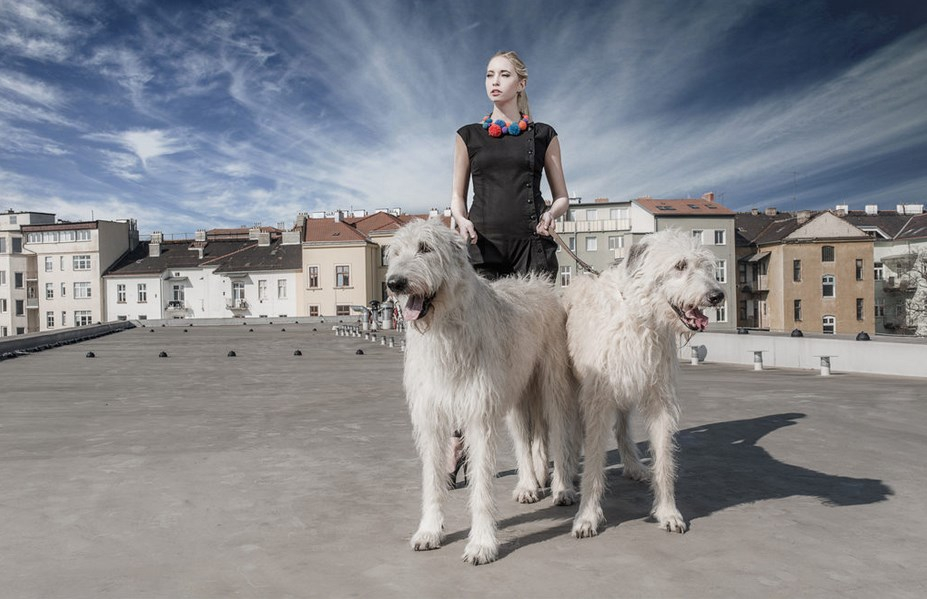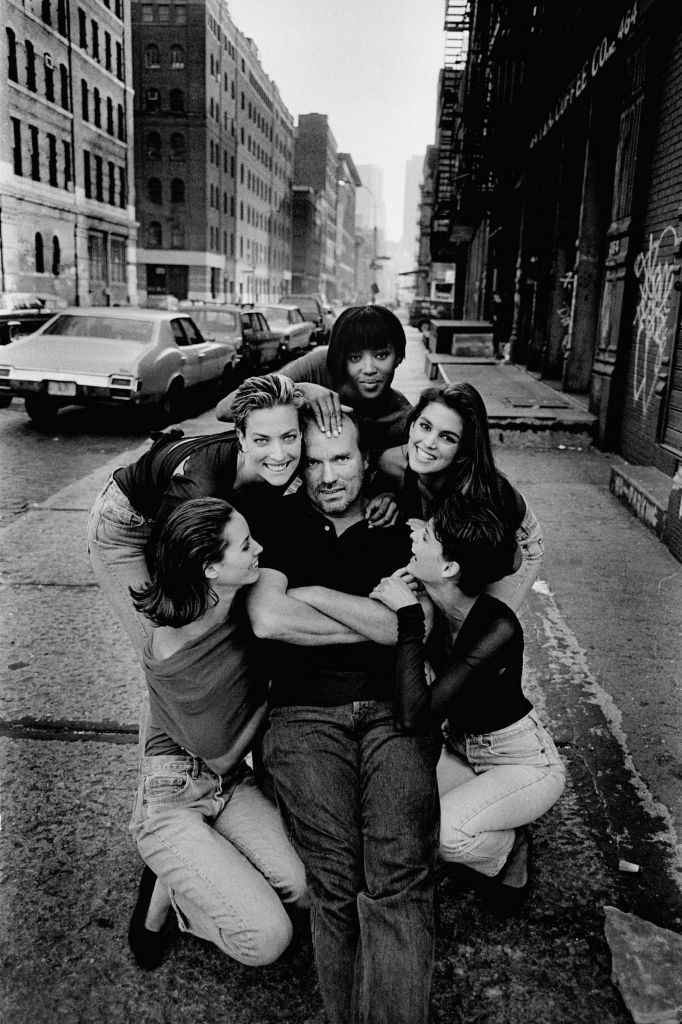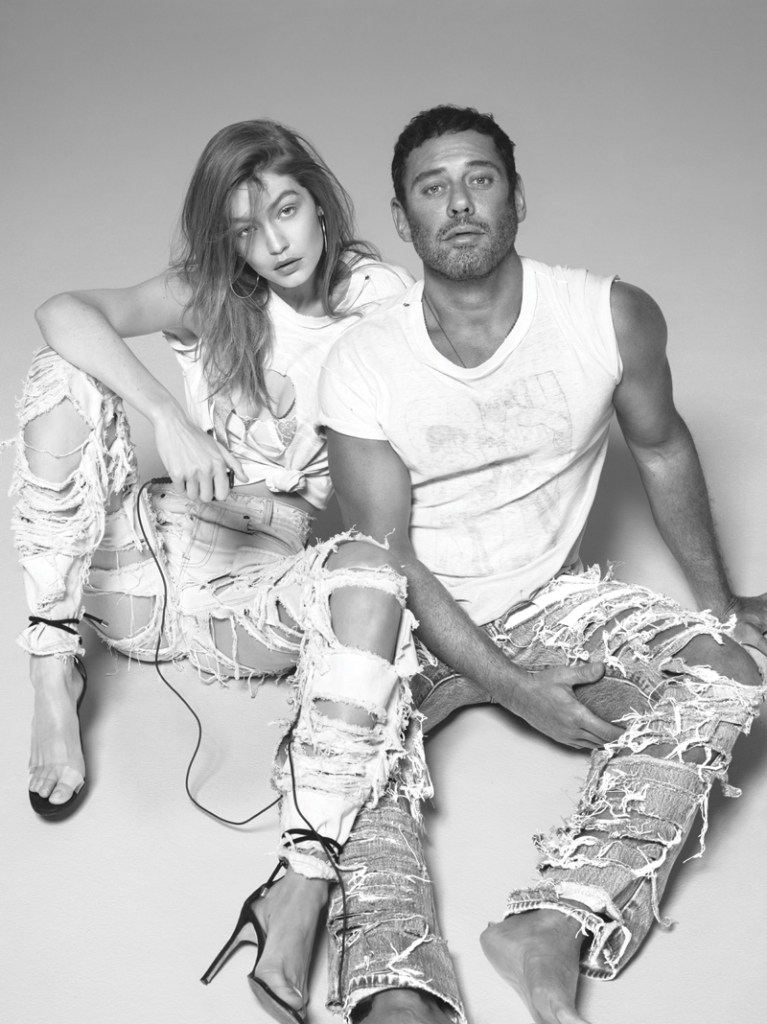Aesthetics pictures
 One of the very important qualities of photography for the development of modern visual culture was the relative ease of obtaining a more or less benign picture, the simplicity of the initial skills that a beginner needed to master. And therefore, with the invention of photography, and especially with the spread of portable and easy-to-use narrow-film devices, the number of images created in the world began to grow like an avalanche. Photography has become the main visual medium of modern culture, pushing painting and graphics, on the one hand, into relatively narrow areas of “pure” art, and on the other – into specialized areas of technical drawing.
One of the very important qualities of photography for the development of modern visual culture was the relative ease of obtaining a more or less benign picture, the simplicity of the initial skills that a beginner needed to master. And therefore, with the invention of photography, and especially with the spread of portable and easy-to-use narrow-film devices, the number of images created in the world began to grow like an avalanche. Photography has become the main visual medium of modern culture, pushing painting and graphics, on the one hand, into relatively narrow areas of “pure” art, and on the other – into specialized areas of technical drawing.
Meanwhile, the dominance of photography inevitably leads to a noticeable leveling of the expressive capabilities of the image, to the crowding out of it of an individual, creative principle. First of all, the range of visual capabilities of photography is much narrower than in painting. The methods of transmitting space, volume and texture, the very nature of the surface of the image – all this can be varied only within relatively close limits. There is a lack of space for acutely individual handwriting, peculiar, personal methods of painting the surface. Hence, some visual anonymity of photography, especially noticeable in the endless stream of images, in the conditions of “photographic inflation”. No matter how great the expressive resources of art, truly creative photography, its superiority over only the “right”, professionally skilled, but impersonal is far from always obvious. The author, in fact, “absent” in his photograph, that is, not able or not keen to make it the embodiment of his own creative world, is not easily distinguished from the author, whose individuality is manifested only in the exact choice and compositional acuity of the reproduction of nature. An individual, author’s beginning, even in pictures of the highest artistic quality, is often hidden behind the objective reality of the captured motive, so that only a highly professional eye can catch it. In addition, genuine creative discoveries both in the field of photocomposition and plastic of a picture, as well as in the choice of nature, are for the most part easily reproducible. They are quickly picked up by imitators, replicating, turning into stamps.
Photography is no stranger to interest in the purely plastic richness of form. It successfully resorts to various methods of exclusion, sharpening the artistic expressiveness of nature or even violating the unambiguous natural credibility of images. In this case, purely photographic means are used, such as double exposure, special deforming optics, special methods of processing negative or positive, as well as shooting without an apparatus (photogram) or various editing methods. In such a photograph, attention is drawn not so much to the expressiveness of nature itself, but to the method and nature of its photographic “presentation”.
All this frees the photo from elementary copying of nature, expands the range of expressive means and capabilities. And yet, the basis of any photographic image is a specific object necessary for the act of shooting to take place – the display of this object on photosensitive materials. No matter how difficult the original motive was later transformed by a photo artist, its reliability cannot be called into question. Even in the experiments of “objectless” photography, which are the most far-reaching on the path of destroying nature, at least the feeling of concreteness of the obscured light stream is preserved. Only the reality of light, the ability to recognize real light rays, glare, shadows and penumbra in non-figurative tints of tones, allow us to retain the impression of photographic quality in these abstract photograms. In other cases, the result is, in the artistic sense, generally beyond the scope of the photographic.
Just the attitude of the nature used to the final photographic image largely determines our perception of the image. The very nature and methods of optical transformation of nature, overcoming the physical uniqueness of its appearance, are an important link in the aesthetics of photographic art, as well as methods of chemical influence on image quality.
A somewhat special nature of the relationship with nature is established by the art of photomontage. Installation creates deliberately impossible, conditional situations, manages real motives very freely. His poetics is based on an emphasized violation of the integrity of the captured world. Photo montage is playing a daring game with fragments of dissected nature, forcibly torn from their environment. This game turns out to be all the more acute, the more impossible, the more paradoxical the proposed combinations of elements that are not compatible in nature. The photographic authenticity of the details is contrasted with the arbitrariness of their comparisons and joints, which are often very grotesque. Real photographic nature obeys the will of the artist, specific characters and objects act as pawns in his game.




